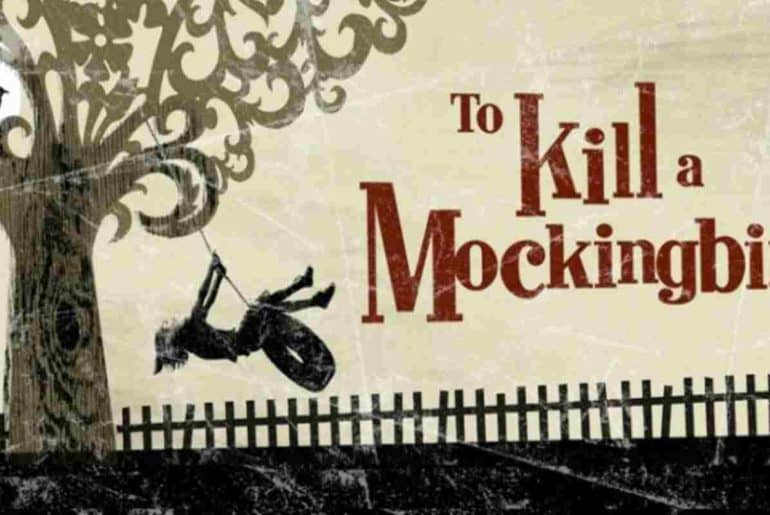Harper Lee’s magnum opus is perhaps one of the most widely read books today. However, it often finds itself under scrutiny for some of its themes.
To Kill a Mockingbird is a novel that everyone has either read or feigned familiarity with. Originally anticipated to achieve only modest sales, the book is recognised today as a timeless classic. The seemingly uneventful plot and the deliberate, unhurried pacing are common points of criticism. However, it can be argued that these very attributes are the source of its strength.
The novel is narrated in the first person by our narrator, Scout Finch, a little girl from the 1930s American South. Along with her brother, she takes us through the mundane life in her small town, which gradually reveals an atmosphere of gender and racial prejudice, reflecting the prevailing attitudes of that time. The story follows the experiences of these siblings and their friend as they gradually learn about the social norms and values of society. The racist and sexist ideologies of the time are depicted through various supporting characters, who are portrayed realistically as one would imagine for that time in America.
Scout is a spirited young girl who doesn’t just accept what she sees or hears from the town folk and constantly demands explanations from her father, Atticus Finch. Atticus, hailed as the novel’s hero, is a very virtuous man who embodies unwavering moral integrity. He consistently imparts wisdom to his children on delicate subjects instead of avoiding the challenge like other adults would. Young Scout, often oblivious and unaware, serves as the perfect receptacle for Atticus’s guidance. Atticus is a lawyer representing a black man falsely accused of rape. He does so in the face of judgement from both his family and the townspeople, who, during a period when the word of a black man held little sway over that of a white person, questioned his beliefs.
Through the trial that follows, the kids gain insight into the deeply ingrained prejudices of their society. They come to realise that the seemingly straightforward act of kindness and standing up for what’s right is, in reality, a complicated endeavor. Watching the story unfold from the perspective of a little child who doesn’t get why some people are treated differently leaves the reader with a deeper understanding of the absurdity of it all. The novel, through its simple and often amusing writing, leaves one thinking about the power of kindness, compassion, and the pursuit of justice.
The book is undeniably a literary classic but often finds itself under scrutiny in the educational landscape due to its use of racial slurs and the sensitive topic of rape. While the novel does employ racial slurs liberally, it is important to remember that it’s set in a specific historical context where the use of certain words was unfortunately prevalent. Moreover, the novel’s portrayal of the subject of rape is remarkably subtle, with no sensationalism. This approach has made it easier for the reader to better explore the broader themes of innocence, morality, and injustice.
‘To Kill a Mockingbird’ retains its relevance as it continues to convey the fundamental message that being a compassionate human being matters. And, given the world’s circumstances today, that is a lesson humanity should never grow tired of appreciating and practicing.
Read also: The Lesser Known History of Majnu Ka Tilla
Featured image source: Bookstr
Arshiya Pathania
[email protected]





Comments are closed.